
On demand delivery is the new normal- get groceries in 10 minutes, medicines in 20. Fast, safe, and trackable to your doorstep.

On-demand delivery is transforming consumer behavior, driving instant gratification, and reshaping business strategies. Learn how speed and convenience impact purchasing decisions.

Generative AI is reshaping on-demand delivery by optimizing logistics, automating processes, and enhancing customer satisfaction. Stay ahead with AI-powered solutions.

Learn how to build trust and loyalty in on-demand delivery services with technology, personalization, and customer-focused strategies. Keep customers coming back!
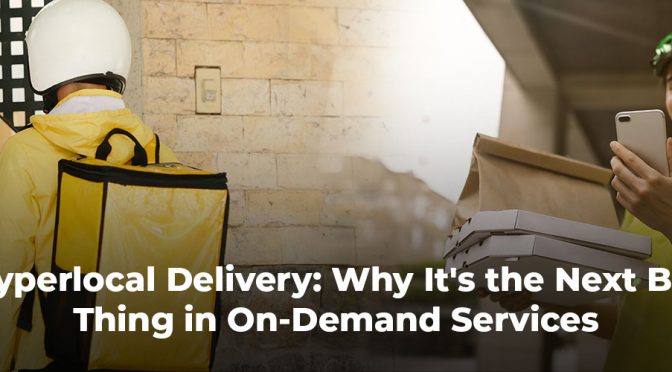
Hyperlocal delivery is revolutionizing on-demand delivery with faster service, eco-friendly methods, and innovative tech. See why it’s the next big thing for businesses and consumers alike.

In 2025, on-demand delivery is reshaping shopping, offering faster service, improved logistics, and meeting growing consumer demand for instant gratification and convenience.

Quick commerce is revolutionizing on-demand delivery with rapid fulfillment solutions like micro-fulfillment centers, real-time inventory, AI, and sustainability practices. Discover how these innovations tackle logistical challenges and meet growing consumer demands.

Learn how to succeed in the on-demand delivery market with LogiNext. Our software offers real-time tracking, automated dispatch, and secure payments, perfect for restaurants, medications, and more.

Scheduled pick-up/ deliveries and on-demand deliveries are the two key strategies used by last-mile service providers. Learn the difference, advantages, and use cases of these delivery types.
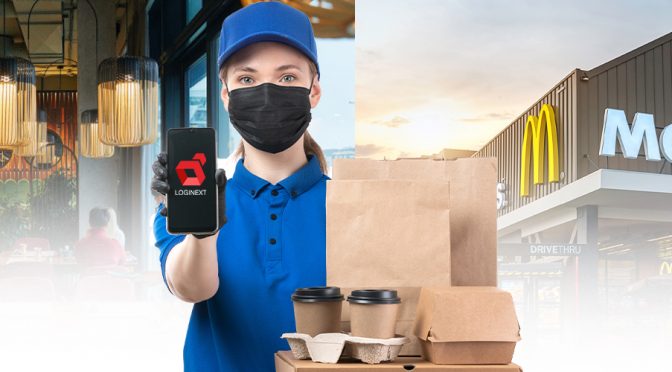
Would you shut down or own your deliveries? If you’re an upcoming restaurant or a large chain, this thought would have surely crossed your mind- what to do about food delivery? You started a restaurant to serve quality food to your customers but there are more pressing questions now. Especially during the pandemic. In […]

Here are the top 3 things that’ll stay strong in 2019, shape how logistics is handled, and business is conducted across the globe. With the best delivery route planning software, logistics management would be more streamlined than ever before.

Tech is driving industries faster and faster. CAGR is keenly watched everywhere. Such tech needs leaders, and LogiNext has claimed its place, time and again, at the top of the chain.

Retail and e-commerce are moving fast and merging along the line into a singular platform. What is driving this behavior for these mega-entities? What is the one factor which is bringing all of retail and e-commerce onto one platform?

The Southeast Asian region would grow at 32% CAGR, reaching about $88 billion by 2025, Indian shores have taken up e-commerce strongly. Here, the market is slated to reach $64 billion by 2020, $200 billion by 2026, and surpass the U.S market by 2034
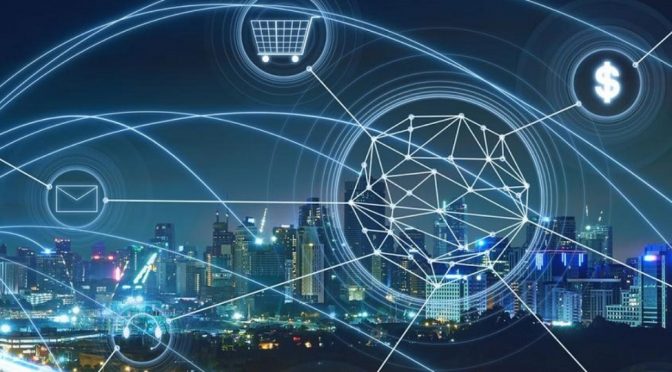
Internet of things (IoT) with the latest in machine-learning backed algorithms are the way logistics would be optimized to meet all customer demands and requirements, right from fast shipping, live tracking and notifications, and on-time delivery with optimized final mile movement.

Amazon’s prime day upped the utilization of their fulfillment centers by over 25%. They have made their logistics leg into a powerhouse which they keep leveraging to get ahead of the competition. O one hand they are losing money and on the other, they are continuously building value, much more than any other company. What’s the key here?

We have seen the Walmart acquiring Jet, Bonobos, Modcloth, and Shoebuy while planning to set up around 1000 pickup locations for online grocery shoppers. Racing Walmart to the front is Amazon with its grand acquisition of Wholefoods to enable faster deliveries with multiple pickup options.
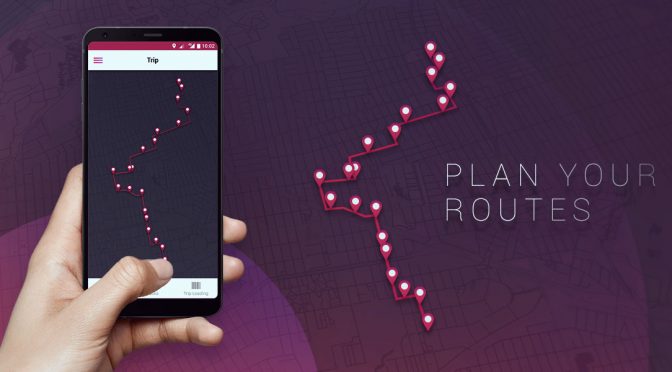
Optimization is doing more with less while sustaining (or bettering) the efficiency of operations. With multiple orders and shipments constantly moving with an excess of customer requests and demand, fulfilling on-time deliveries consistently not only saves costs but also increases the overall brand value for the company.

Enterprise mobility solutions are unlocking a new phase of benefits with respect to resource movement efficiency. With multiple industries and markets getting more and more focused on consumerism while finding new and better ways to satisfying the increasing global retail and e-commerce demand.
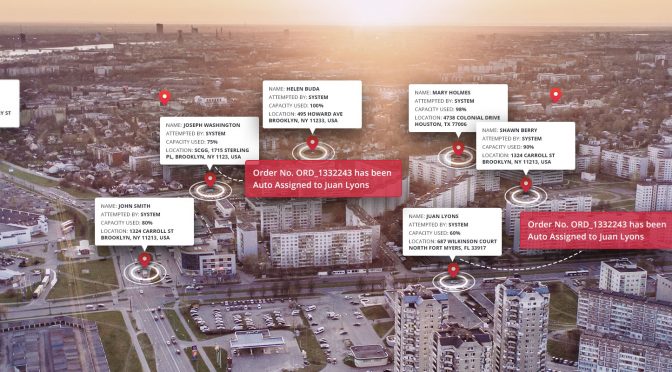
Under-utilized capacity carries a clear cost which adds to the cost-per-unit carried by the resource. It isn’t feasible to run under-utilized resources to fulfill the ever-increasing demand created due to expectations of on-demand, same, or next day deliveries. On-demand and preferred slot delivery (or pick-up) is made more efficient with the use of an auto-allocation engine.

We recently integrated with Alexa, Google Assistant, Cortana, and Siri. Now, the manager can simply relax and instruct their personal assistant to fetch the information for them. Almost anyone can use the personal assistant without any hassle. It doesn’t matter if they are tech-savvy.

Tech evolution must always be around a purpose. The purpose of the upgrades mentioned here, and many more that are regularly communicated to the clients through mailers, is singular. To optimize resource movement with a view to reduce operations costs and improve overall process efficiency.

This Christmas, make sure you plan and optimize all last mile deliveries to avoid delays and detentions. People need their gifts on time and Santa needs some help, so make sure your customers are delighted on Christmas Eve with on-time deliveries and error free invoicing.
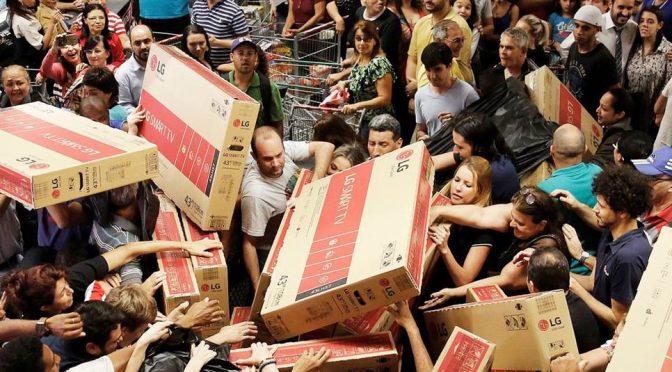
Along the heavily one-sided debate around Net Neutrality, we are once again amid the new age retail tradition of Black Friday and Cyber Monday. Consumerism has driven multiple shopping trends in the past decade. This has become a lifestyle with the entire generations falling under this craze.

Each image holds some memory space in the delivery person’s phone and it uses some amount of data as it is transferred through the Internet to the client’s dashboard or central processing point. To ensure proper authentication, the image must have high-definition and should be clear. Storing and transferring high-def images in quick time eats up battery and data from the phone.
A billion data points. One for every 8th person in the world. One for almost every vehicle in the world. Comprehensive location tracking data points encompassing more than three continents including North America, Asia, Northern Africa, and Southern Europe. It doesn’t get any bigger than this.

With the technological evolution in last mile delivery tracking and on-demand delivery management, companies are utilizing logistics optimization and machine learning backed technology to gain a competitive edge with their target markets. The customer is educated in the art of handling technology and knows exactly how technology would benefit delivery experience. Companies must not just respect these expectations, but also strive to exceed them at every chance they get.

As a company, we have spread wings across the globe, but Southeast Asia is where I find the perfect summation and confluence of diverse cultural flows. There is great balance between tradition and innovation. In Manila for the Forbes 30 Under 30 summit, I can’t help but marvel the power of innovation in bridging cultural and generational gaps across the world.

Our expectations as a customer have increased exponentially thanks to the ever-evolving technology. For example, now we expect our couriers to be delivered to us at our convenient location and time in the most optimum condition. According to Business Insider, “APAC accounted for 40% of global e-commerce sales in Q1 2017”

Logistics management has transformed itself in the past half of the decade backed by intense development in machine learning capabilities and data analytics. With the level of integration unleashed by Internet of Things, you can not only track the real-time location, speed, and fuel usage of your in-transit delivery vehicle, but also the calmness of the driver. Your real-time vehicle tracking can be covered by new-age routing and optimization software, whereas the calmness of the driver can be tracked through various wearable technology.

